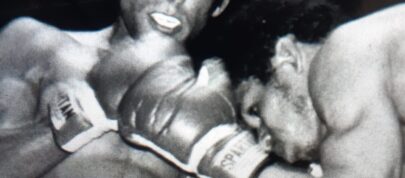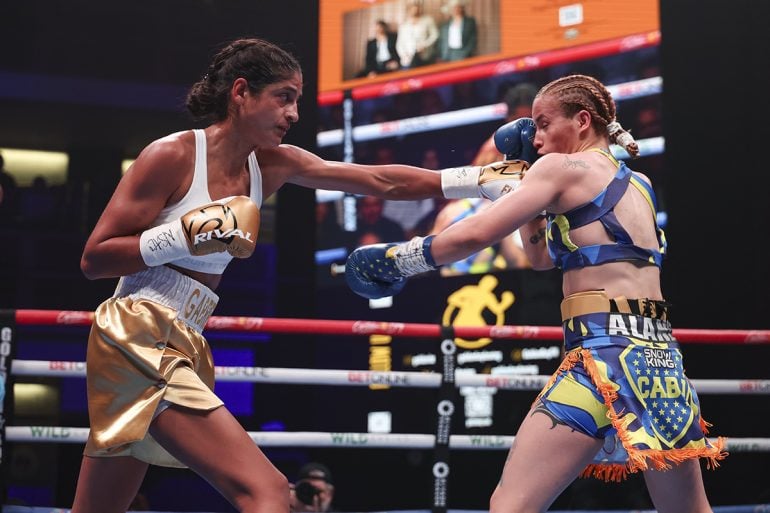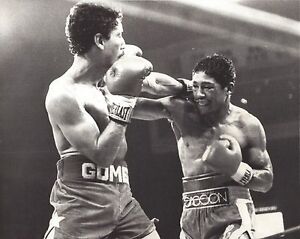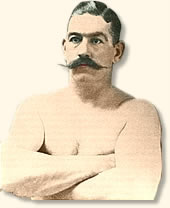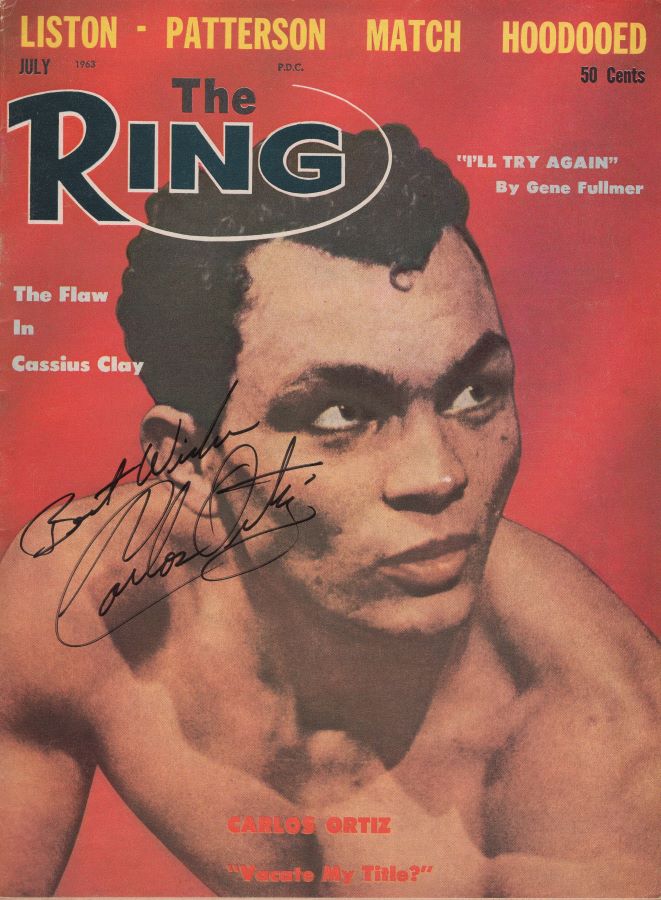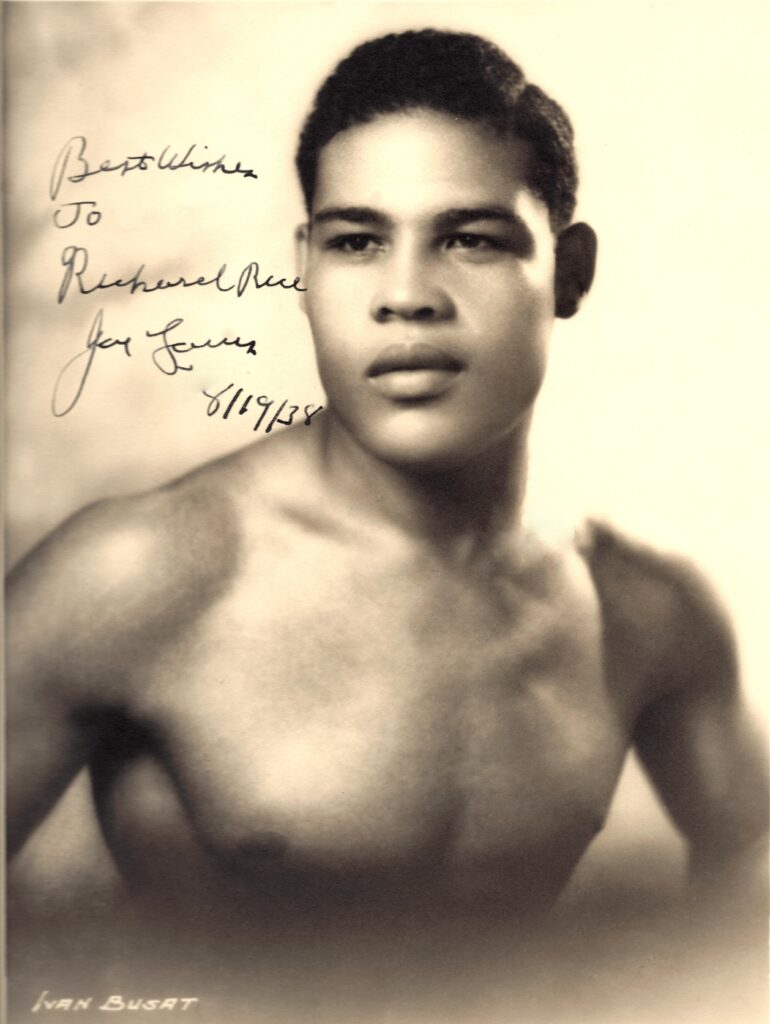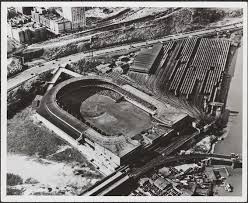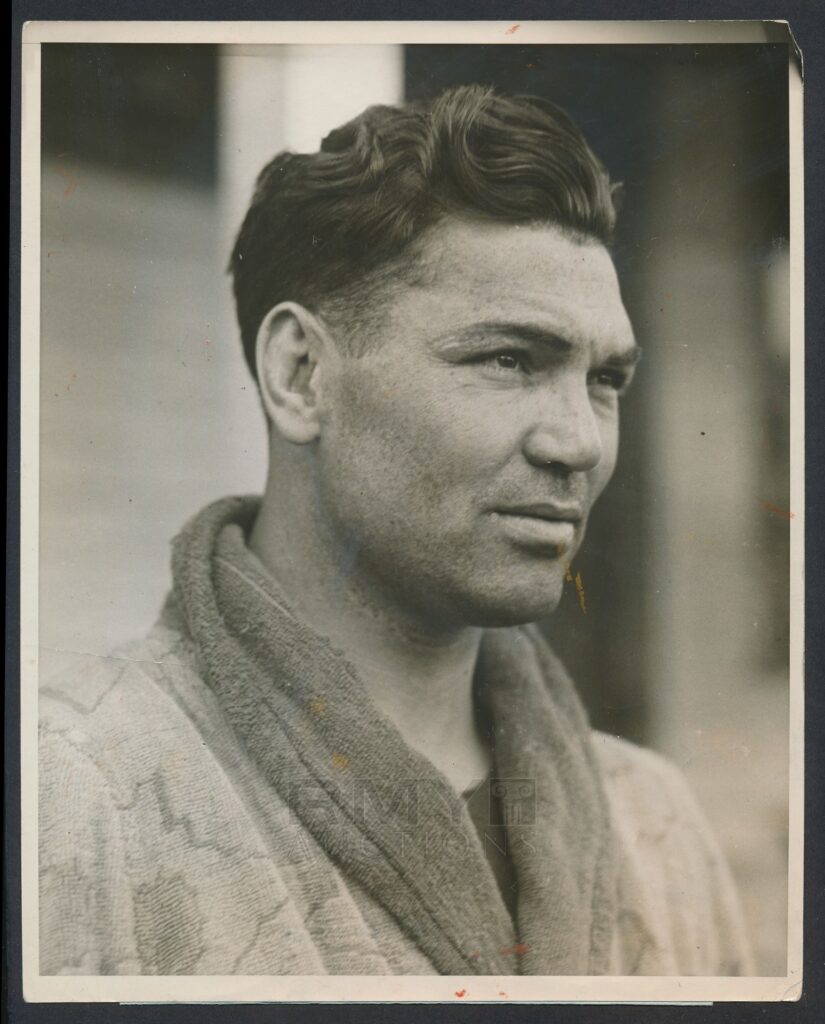THE POLO GROUNDS: A Long-Lost Venue in Boxing History By Jay Monte Though a rare occasion today, boxing at the ballpark was once a longstanding tradition. While Yankee Stadium’s relationship with boxing is well known, New York City’s Polo Grounds also had an indelible impact on the sweet science. Having reached the 100th anniversary of the legendary heavyweight championship contest between Jack Dempsey and Luis Firpo, held at the Polo Grounds on Sept 24, 1923, lets look back at some of the more notable battles staged at this historic venue. HISTORY OF THE STADIUM Over a period of 88 years in existence, the Polo Grounds underwent a change of location and several expansions. Although mainly identified with baseball, the park, which opened in 1876, was the scene of many other athletic promotions. Football, as well as boxing, played a prominent role in the arena’s history, and throughout the years, the Grounds featured sports like track and field, soccer, tennis, and even auto racing. The name of the field can be traced back to James Gordon Bennett Jr., the son of a noted newspaper publisher, who helped introduce polo to the American people. Bennett and his society pals did their playing on Fifth Avenue and 110th Street. A few years later, Bennett and his crew moved their activities to Westchester County, but the pastures continued to be called the “Polo Grounds.” When the park’s growing popularity exceeded its limited capacity, it was abandoned in 1888. In the early days of baseball, the New York Giants used the Grounds as their home base, and in 1889, the team moved further uptown to Eighth Avenue and 155th Street. The fans so closely associated the Giants with their old stadium that the new field, initially dubbed Brotherhood Park, would soon also be known as the Polo Grounds. From its modest beginning, with wooden stands able to hold a crowd of just 8,000, the Polo Grounds expanded until, by 1910, it had become a double-decker, capable of accommodating 20,000 fans. After a fire razed the stadium, the Grounds was rebuilt in 1911 with a seating capacity of 38,000. With further additions and improvements to the stands over the next decade, the facility increased to 55,000. Between 1922-1960, the Polo Grounds played host to some of the most memorable battles in boxing history. Over that 38-year period, 33 fight cards were staged there, including 25 title clashes, in which the champion retained his laurels just 13 times. On Oct. 12, 1922, the Polo Grounds opened its doors to boxing with a small show, in which four of the five fights ended in a draw. 1923 The summer of 1923 was a spectacular season for pugilism at the Grounds that established the venue as a major attraction for outdoor boxing events. Five championship bouts were on the calendar, and belts changed hands in four of them. French war hero Eugene Criqui became the first fighter to win and lose a championship at the Polo Grounds, stopping long-reigning Johnny Kilbane in six for the featherweight belt and losing it on a decision to Johnny Dundee. From June 2 to July 26, Criqui’s reign lasted just 54 days. In June, flyweight laurels shifted from Jimmy Wilde to Pancho Villa, the first Filipino to win a world title, via knockout in the seventh round; and the middleweight crown from Johnny Wilson to Harry Greb on points, in August. (Greb returned to the Grounds to defend the crown against fellow future Hall of Famer and welterweight kingpin Mickey Walker two years later. Hours after their hellacious battle won on points by Greb, the pair allegedly found each other at a night club and had an impromptu rematch, easily won by the bigger Greb.) It was the headliner of the Polo’s sixth show that is probably the venue’s most well-known battle, when heavyweight Jack Dempsey defended his crown against the burly Argentinean Luis Firpo on Sept. 14. Over 85,000 fans witnessed a savage affair that featured 11 knockdowns over a four-minute period. Almost immediately, Dempsey felt Firpo’s power as he was dropped to a knee by a right. Dempsey roared back, flooring Firpo seven times, but the challenger remained undeterred. Trapping his antagonist against the ropes, Firpo unleashed another right onto Dempsey’s chin, sending him clear out of the ring and into press row. The fans were stunned, as their hero was on the brink of defeat, but after he climbed back through the ropes—with the assistance of a few reporters—the comeback was on. Two more knockdowns of Firpo ended matters after 57 seconds of round two. (Future Dempsey conqueror, Gene Tunney earned his shot at the crown in 1925, by beating Tommy Gibbons via KO12 at the Grounds.) TALENT POOL There was hardly a titleholder or elite contender who did not appear at the Grounds during its heyday. Among the many were Gene Tunney, Georges Carpentier, Tom Gibbons, William (Young) Stribling, Tommy Loughran, Paul Berlenbach, Sammy Mandell, Jimmy McLarnin, Harry Wills, Kid Chocolate, Jack (Kid) Berg, Mickey Walker, Dave Shade, Jimmy Slattery, Al Singer, Barney Ross, Billy Patrolle, Lou Ambers, Tony Canzoneri, Sixto Escobar, Henry Armstrong, Harry Jeffra, Lou Jenkins, Joe Louis, Billy Conn, Lou Nova, Ray Robinson, Rocky Marciano and Rocky Graziano, Archie Moore, Bobo Olson, and Floyd Patterson. BARNEY ROSS-JIMMY MCLARNIN III Welterweights Barney Ross and Jimmy McLarnin finished their famous trilogy at the Grounds on May 28, 1935. The referee was Jack Dempsey. In front of 35,000 fans, Ross earned the unanimous verdict. Their first two encounters (the first won by Ross; the rematch by McLarnin), both at Madison Square Garden Bowl, ended in split decisions. (Future bantamweight king Sixto Escobar knocked out future featherweight champion Joey Archibald in six, on the undercard.) Both Ross and McLarnin each had one previous appearance at the Grounds before their rubber match. In a bid for the lightweight title in 1928, McLarnin lost a decision to Sammy Mandell. In 1933, Ross defended his lightweight belt with a split decision victory,
